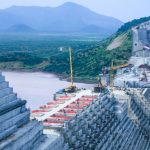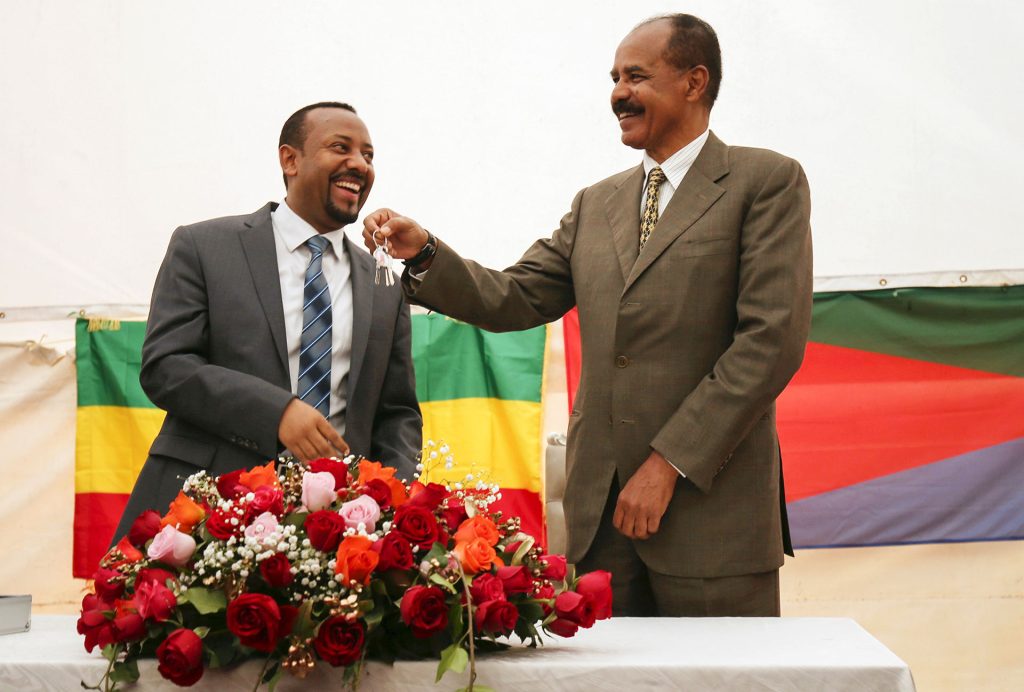Introduction:
Since the dawn of the 21st century, the Horn of Africa, particularly the intricate relationship between Ethiopia and Eritrea, has remained a focal point of geopolitical discourse. This study, dated September 20, 2023, delves into the nuances of this bilateral relationship, its historical intricacies, contemporary challenges, and prospective avenues for collaboration, underpinned by a personal academic perspective.
Historical Context:
Ethiopia and Eritrea, though intertwined in culture and history, have had a tumultuous recent past. The 2018 peace accord, which marked the cessation of a prolonged two-decade border conflict, stands as a testament to the potential for rapprochement. Nonetheless, despite this monumental peace overture, the relationship’s fragility remains palpable, with multifarious challenges threatening the tentative peace.
Challenges to the Peace Process:
- The Tigray Civil Conflict: The civil unrest in Ethiopia’s northern Tigray region poses arguably the most formidable challenge. Complicating matters is Eritrea’s military intervention. Numerous reports have surfaced, alleging human rights infractions by Eritrean forces. These allegations, however, have been staunchly repudiated by Asmara.
- Eritrean Military Presence in Tigray: An offshoot of the aforementioned point, the enduring presence of Eritrean forces in Tigray adds layers of complexity. Tigray’s rebels posit Eritrean military withdrawal as a precondition for adhering to peace terms—a stipulation that Eritrea, at the time of this writing, remains averse to.
- The GERD Conundrum: The Grand Ethiopian Renaissance Dam (GERD) on the Blue Nile introduces a hydrological challenge. As Ethiopia harnesses the river’s potential, downstream Eritrea’s apprehensions about potential diminutions in its Nile water quota are escalating.
Encouraging Developments:
Notwithstanding these hurdles, the trajectory of Ethiopian-Eritrean relations isn’t unilaterally grim. A landmark gesture materialized in July 2023 when, after two decades, the mutual border gates reopened. This act, symbolic yet substantial, signifies a joint intent to ameliorate relations.
A Personal Scholarly Perspective:
The Essence of Sustained Peace: It is my considered view that preserving and fostering peace between Ethiopia and Eritrea transcends bilateral interests—it’s a regional imperative. Historically marred by strife, the region can ill-afford another conflagration. International stakeholders have a cardinal role: extending humanitarian outreach, cultivating trust, and championing bilateral dialogues.
Addressing Core Disagreements: True and lasting peace mandates that underlying issues aren’t merely papered over. The legitimate concerns of the Tigrayan populace warrant attention and redressal. Equally, the GERD dispute necessitates a mutually beneficial resolution that considers both nations’ hydrological and developmental needs.
Optimism for the Future: Steeped in shared history and culture, Ethiopia and Eritrea are natural allies. Their combined potential, if harnessed collaboratively, can usher in a renaissance in the Horn of Africa. The journey is fraught with challenges, but with mutual respect, understanding, and cooperation, a harmonious future is attainable.
Conclusion:
The evolving dynamics between Ethiopia and Eritrea offer profound lessons in diplomacy, regional politics, and the transformative power of peace initiatives. While the road ahead is intricate, it isn’t insurmountable. With concerted efforts, the two nations can redefine their future, crafting a narrative of shared progress and prosperity.






